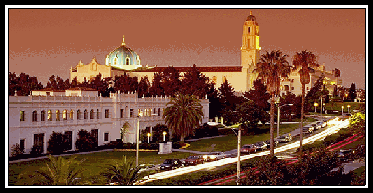
FUNDAMENTALS OF BUSINESS ECONOMICS
 |
| Summer 2011 |
 |
Graduate (S) Business Administration 503 FUNDAMENTALS OF BUSINESS ECONOMICS |
|
|
|
| | HOME | SYLLABUS | CALENDAR | ASSIGNMENTS | ABOUT PROF. GIN | |
D. Inflation, Real GDP, and Business Cycles1. Inflation
a. Real vs. nominal GDP . . . . . . . . . . b. Inflation measures (1) GDP Price Deflator / Index (Implicit Price Index) . . . (2) Consumer Price Index
.
- 96,000 goods and services - 23,000 stores in 87 cities - Market basket updated every two years .
. . . . . . . . . . .
- Nonrepresentative market basket . - Inaccurate treatment of quality changes . - New products not counted . - Overstates inflation because substitution effect not considered . (3) Producer Price Index
.
.
- 3,500 items measured . (4) Employment Cost Index
.
.
- Same approach as GDP deflator, uses only consumption category of GDP - Chain-type index - base year only one year behind current year, constantly changes - Deals with new products and quality changes - Broader measure - more goods and services included than CPI - Past values can be recalibrated as more data becomes available .
.
. c. Compound annual inflation rate . . . . . . d. Real values . . . . 2. Business cycles
. . . . . . . . . .
.
.
|